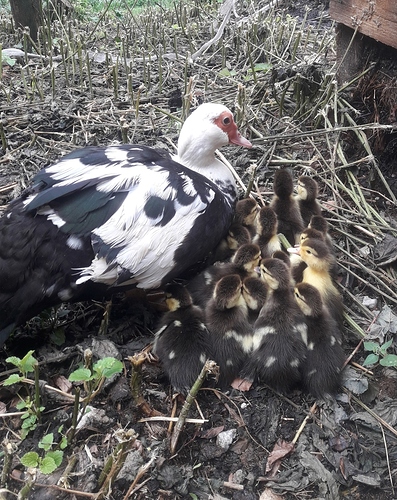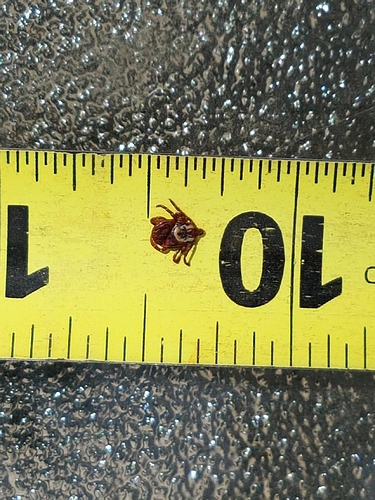Probbly dont hurt the transfer case, i think you can keep the engine running in nuetral. And not hurt trans either. There are a few guys on utube showing how too rebuild those trannys, they caint be too hard once you get the hang of putting seals around the drive pistons, the rest is just R&R with new flat washers, a few press bushings if needed, and new clutch disk, and few springs too reinstall, hardly any expensive tools needed at all, just study and have a book, the utube guys and an extra junk tranny too refer back too when checking, If i can rebuild one any body can, i rebuilt one with not even a book and it was easy on an 85 dodge d 150.The thing i done wrone was i ramed a piston down in the seal and that keep reverse from engageing, now that i have utube i learned how too properly seat all the pistons in there seals without damageing the seals. The chevy i just tore down and put new seals and clutches and thrush washers is in my s10 working right now.First trans first time rebuid one. I was glad i tore it down because the clutches were about smoked anyway.And the rebuild kit with clutches seals and thrush washers and gaskets was only about 120 bucks. What few tools like small light duty spring presses and tranny hanger can be easy built. Once you get the parts in memery you will allways be a dodge tranny man just few added features over the years. Lube all the gears and seals & bushings with stp or tranny assemble lube. First thing for a first time rebuild is tear at leist one old junk yard core down not yours a spare junk tranny and study the parts placements and basics.
A friendly Manitoban, waiting to give anyone a hug. I have plenty of extras, if anyone wants a few hundred… 
Nope I keep finding more here that escaped from somewhere I was wondering who wanted them back because they are not welcome guests here…
Oh I keep getting told I should get Ginny Hens to eat then I guess they find ticks to be the best thing since sliced bread.
I have a coworker who swears guinea hens will clean up on the ticks. I suspect the ticks I have might clean up on the guinea hens. Or I could raise a very well fed flock of guinea hens…
I would have to have a lot of guinea fowl to make any difference. 
At least north of here there’s none of the disease carrying deer ticks. Yet. But they are moving north. Our native ones are just an annoyance, though they can kill smaller animals with sheer numbers.
Can anyone tell the sex of the tick in the photo?
Nope but it looks just like the small ones here that carry lyme disease. Seems like they are a post 2000 problem here. I just found and killed 2 of them that where walking on me. Makes you long for a good deep freeze to kill them off.
Hi garry t what is the body span size and outer leg span overall size of them ticks, i seen a spider the other day that looked simular too that tick.?? thanks.
Wow, That’s a big tick. That looks like some kind of Texas critter. They say everything is bigger in TX.
DO you have any critters to eat those things.? Turns out that when the armadillos made it to this part of the country they basically knocked out the Japanese beetles and they also seem to have cut down on the ticks. At least lots of folks seem to think there’s a correlation.
Good info on guinea hen. I plan to breed then this year as their eggs taste amazing. Now l only have one pair. Its a bit of a problem that they are monogamus. You need as many roosters as you do hens. Or is my info wrong?
If we are talking about the same tick voriety as we have its a female.
Ha, while on fowl. Look what momma duck brought to daylight today!
Didnt eaven know she was brooding, thod l lost it to the fox. Then she shows up with (about) 14 ducklings. The litle surprises in life that have no price.
I just killed this one. They vary a bit in size, but this one was about 7/32 when alive. They go through a 2 part life cycle, usually getting a meal off a smaller creature, then drop off, and emerge full size the following spring on their great adventure.  Sometimes you see the babies, nearly transparent.
Sometimes you see the babies, nearly transparent.
Unlike the deer ticks or other varieties, these ones have distinct markings, the round mark is female (apron), and the males have wavy lines going down the back (suspenders). Thank goodness they don’t carry disease. But the dog brings them in the house, and shakes them off his head, and, you never “lose” a tick, they always get found again… 
Excellent news.
My grandmother told the story once that their flock of ducks went missing, not a trace. In the fall they marched back, they had spent the summer on the neighbour’s pond. Their instinct to migrate brought them marching back. 
Correct about the tick’s gender, I hadn’t realized they were universal in Europe too. Wouldn’t wish them on anyone, although it would make me feel right at home. 
Garry, I thought you had metric tape measures up there.
(About) 14 future Sunday meals. With the rain you got on your potatoes you could stretch it to the double 
They started to show up here too for the last 5-10 years. They love the dogs and wife. Me, I think I smell too bad.
Edit: Could be tar. I might add that on Tips and tricks
Well I had to go look that one up because I didn’t remember reading anything about it when I read about raising them. To be honest here it is cheap to mail order baby fowl of about all types or if you want common types just go to the farm store in the spring.
Hatching your own keets
In the wild, guinea fowl mate in pairs. This tendency also exists among domesticated guineas if there are equal numbers of males and females. As the breeding season approaches, pairs of guineas will wander off in search of hidden nesting sites. It is not necessary, however, to have equal numbers of females and males to obtain fertile eggs. For most flocks, one male is usually kept for every four to five females. When guineas are kept in close confinement, one male may be mated with six to eight females.
http://articles.extension.org/pages/67816/raising-guinea-fowl
One thing about guineas, if there is predator pressure, their alarm calls can go on continuously, which can be annoying. We had a pair at the farm when I was young, and between the skunks, owl, and weasels, the poor things were in a constant state of alarm.
Needless to say, my parents were far from good with small stock… 
Honestly, metric tapes are for city people and the millenials. People who don’t need to seriously measure anything, or were never taught times tables past 10. A metric tape is ok for hanging pictures on a wall, I suppose. 
Although officially a metric country, all manufacturing and carpentry is done in inches, feet, or thousandths of an inch. The only exceptions will be with new machine tools, etc. Imperial measure is much better for manufacturing purposes, far better for division and multiplication, fractions convert mathematically to thousandths. Even where I worked in Mexico, the work was all in inches and thousandths.
Where woodticks grow, grapes might survive…
Did you ever look into hardy grape varieties?
I think the inch measurements in Canada are only because of a stubborn southern neighbor who refuses to join the rest of the world. When I build industrial equipment that drove me nuts even being an American because all the high tech stuff in measured in microns… so the machine shop wants thousands and the customer wanted microns…
Thanks on the info Dan!
Well what you both say is true. Their nesting habit is a pain, l find lots of egg clusters out in the bushes, they just lay a dozzen egs and abandon the nest later. Luckly the shell is extremely tough and the eggs seem to have wery long shelf life so l usualy just collect the eggs from the abandoned clusters and do the water boilency test prior to use to check they are good.
Here people with a flock of foreging chickhens throw in a pair of guineas for hawk and eagle protection. l usualy have one or two alarms per day so its bearable. Althugh its true, once they start making noise, a chain reaction starts with all my birds singing in a not so pleasant quoir  turkey, peacock, rooster… its fun thugh.
turkey, peacock, rooster… its fun thugh.
I put guinea hen eggs under a Turkish hen (pigeon sized hens, exelent incubators) they hached but only lived a day, some animal must of eaten them. I suspect the hen with the chicks came looking for food in the pig box…


